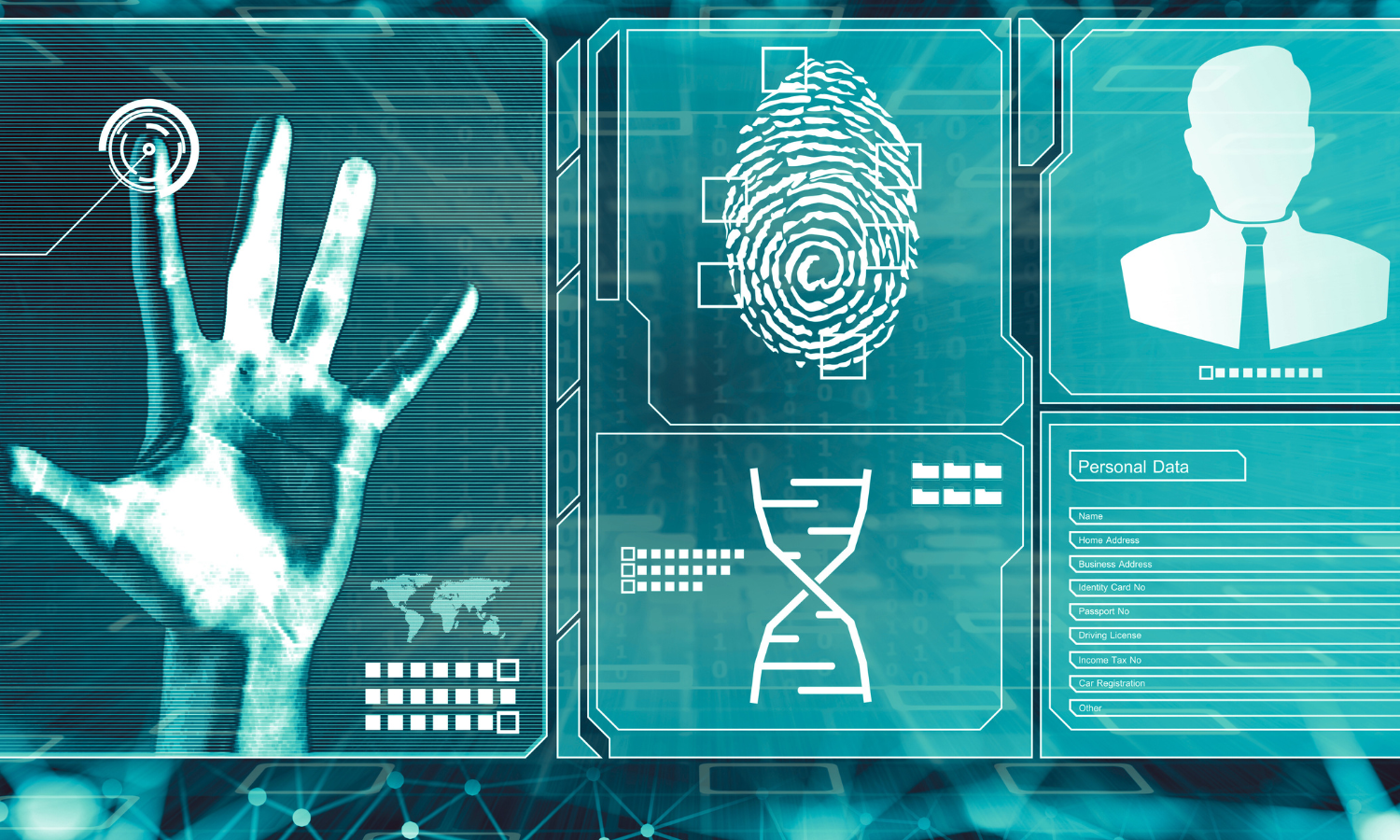When someone asks you to describe yourself, what do you say? You might have a go-to list of character traits ready to fire off, likely based on what others have told you throughout your life.
But have you ever stopped to consider whether these traits are truly aligned with your self-concept? Do you even know?
Consider the possibility that they are simply a reflection of your most practiced thoughts.
This article invites readers to reflect on where their identity comes from, how accurate these beliefs are, and how they might rediscover and reframe the way they see themselves.
What Makes Our Identity?
Technically speaking, our identity is a culmination of several facets of our life, including:
- Our role in relationships—i.e., our identity as a child, parent, friend, partner, etc.
- The values we hold (which dictate the choices we make)
- External characteristics like ethnicity, socioeconomic status, occupation, etc.
While parts of our identity are inherently static, like being someone’s child or being a certain height, our identities as a whole can evolve over time.
How Our Identities Can Be Reshaped
But it’s not only external circumstances that can reshape our identity. Our thoughts play a critical role, too, as they shape the stories we tell about ourselves.
According to the American Psychological Association, identity “involves a sense of continuity, or the feeling that one is the same person today that one was yesterday or last year (despite physical or other changes).” However, the continuity of one’s identity does not negate its ability to evolve. Psychologist Erik Erikson believed that, while our identities are most malleable in our adolescence, major life events (parenthood, career shifts, or loss) can also inform shifts in our identity.
I experienced this firsthand. When I was diagnosed with bipolar disorder in my early forties, that label carried both weight and stigma. At first, it felt heavy, like a sentence, and although I tried to resist feeling ashamed, my efforts failed for many years—until I was able to reframe my thoughts around it.
Instead of, “I have this awful thing,” I pivoted to, “I want to understand how my unique brain works so I can live a healthy and happy life.” Ultimately, I embraced the diagnosis as a welcome explanation for the struggles that were once a mystery and a roadmap for more manageable times ahead.
Carving New Neural Pathways to Better Thoughts
Of course, choosing better thoughts isn’t a quick, one-and-done fix. It is a practice that requires commitment, consistency, and resolve. But it works, and our brains are designed to do it.
Neuroplasticity (if you read my newsletters you know this one well) is defined as the ability of our brain and nervous system to reprogram themselves. Imagine your brain is a vast forest. By the time you’re an adult, there are already clear footpaths that have been established after years and years of walking down them. Naturally, you tend to continue to follow these paths each time you visit the forest because it’s easier than tiptoeing over rocks and through bushes.
But what if a new path could lead to a better view?
It’s not too late to start walking an unpaved path, as long as you commit to walking it over and over until it’s as clear as the others. And soon, walking the path to the better view becomes second nature.
Conclusion
Next time somebody asks you to describe yourself, I invite you to take a pause before firing off your go-to characteristics. Ask yourself, do these traits feel true, or is my brain just following the most traveled path?
Every thought is a possibility.


